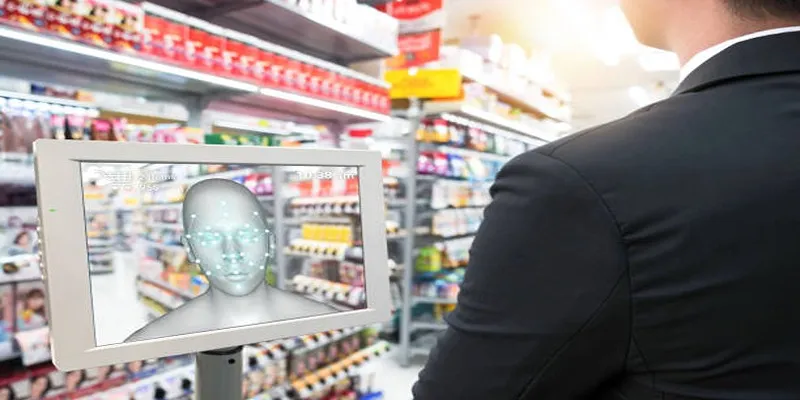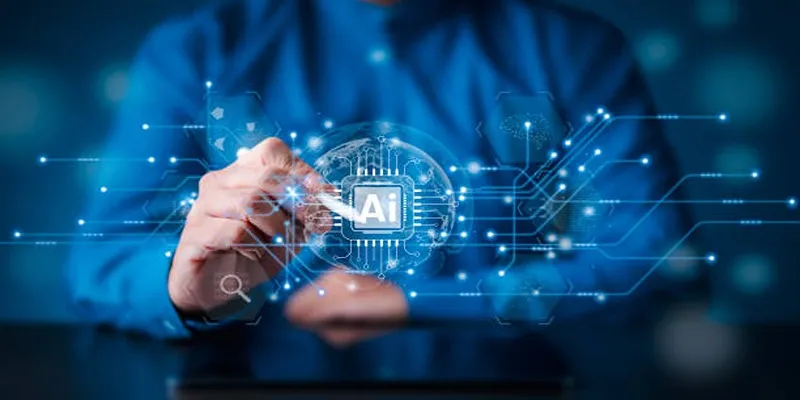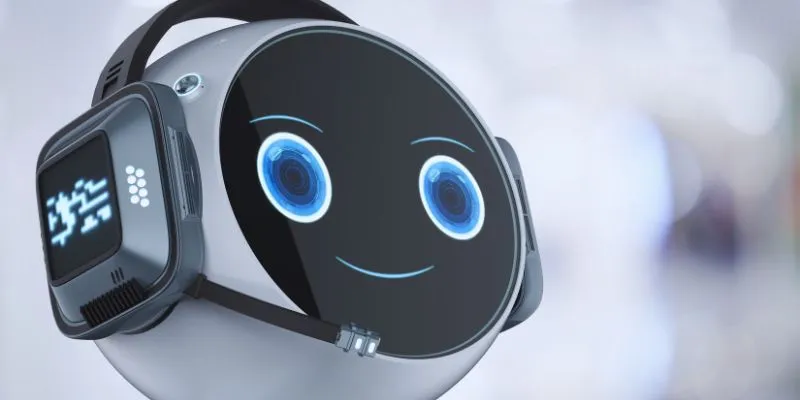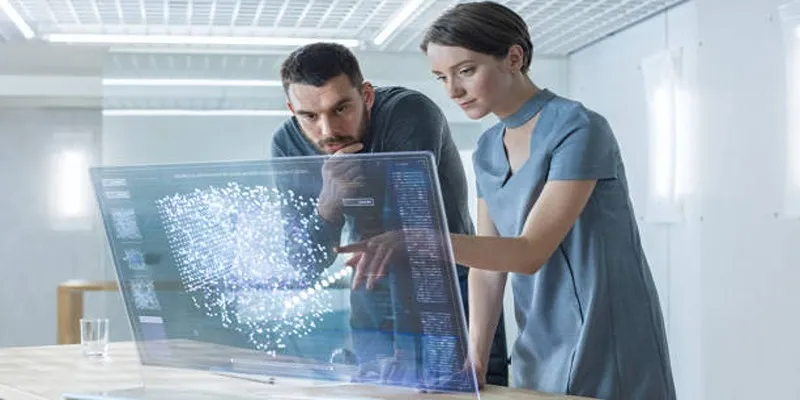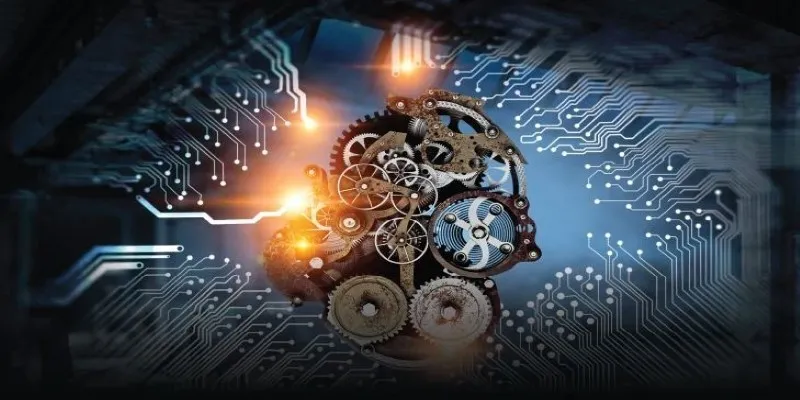Retail robots have emerged as one of the most fascinating changes in the current retail industry transformation. These smart machines enhance both efficiency and operational capabilities while delivering better customer interactions, rather than replacing human employees. The workforce is experiencing substantial changes due to retail robots, which perform tasks such as inventory management and store cleaning.
What Are Retail Robots?
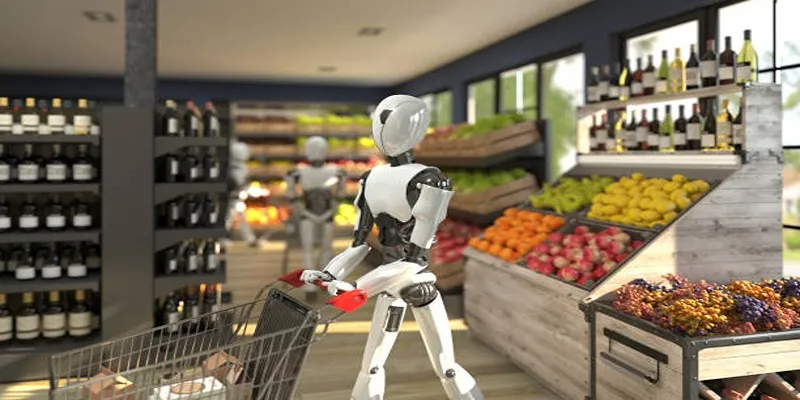
Self-operating or partly automated retail robots are designed for specific functions within commercial spaces. Powered by AI, machine learning, and computer vision technology, these robots handle various store-based duties, including inventory observation, team member direction, and floor cleaning.
Unlike the idea of robots replacing humans, the focus here is on “augmentation” rather than “automation.” This means robots handle repetitive, time-consuming tasks, freeing the human workforce to focus on more creative and interpersonal roles.
Why Retail Robots Are on the Rise
The adoption of robotics in retail isn’t happening by chance; it stems from significant shifts in the retail landscape. Here are some key drivers behind this trend:
- Labor Shortages: Retailers face challenges with recruitment and retention, making it difficult to maintain operations. Robots help fill these gaps.
- E-commerce Pressure: Traditional retailers are competing with agile e-commerce platforms. Robots offer ways to improve in-store experiences and increase productivity.
- Health and Safety Concerns: The pandemic highlighted the importance of sanitation and social distancing, for which robots provided an effective solution.
Robots aren’t just for tech-driven retail giants. With increasing affordability and scalability, businesses of all sizes are adopting this technology.
Roles of Retail Robots
Inventory Management and Tracking
Retail robots have revolutionized inventory management by reducing errors and improving stock accuracy. Equipped with advanced sensors and artificial intelligence, these robots can scan shelves, identify misplaced items, and update inventory records in real time.
This process ensures that store managers are always aware of stock levels, preventing overstocking or understocking issues. Additionally, automated inventory tracking minimizes manual labor, allowing employees to focus on customer-facing tasks.
Automated Customer Assistance
Retail robots are increasingly deployed to enhance customer experiences. They can greet shoppers, assist with finding products, and even provide detailed information about items or ongoing promotions.
By utilizing natural language processing and AI, they can interact conversationally, making the shopping experience more seamless and engaging. This level of assistance not only boosts customer satisfaction but also reduces the workload on store staff.
Streamlining Store Operations
Robots are pivotal in streamlining various store operations, enabling businesses to improve efficiency and reduce operational costs. They can handle tasks such as cleaning, restocking, and security monitoring without fatigue, ensuring that stores remain orderly and functional at all times.
By automating repetitive or time-consuming tasks, retail robots allow human employees to dedicate their efforts to more strategic and creative responsibilities, ultimately driving better productivity and customer service outcomes.
Benefits of Augmenting the Workforce with Robots
There are several benefits to incorporating retail robots into the workforce, including:
- Improved efficiency and productivity: As mentioned earlier, robots can handle tasks without fatigue or breaks, allowing them to work longer hours and complete tasks more quickly than human employees. This results in improved efficiency and productivity for the entire store.
- Reduced operational costs: By automating repetitive tasks, retail robots can help reduce operational costs for a store. This is because they do not require wages or benefits like human employees do, and they also do not need breaks or time off.
- Increased accuracy: Robots are programmed with precision and accuracy in mind, which means they can complete tasks without making mistakes. In retail, this can be particularly beneficial for tasks such as inventory management and stocktaking.
- 24/7 availability: Unlike human employees, robots do not need to work within set shifts or schedules. They can work around the clock, which means they can help with tasks at any time of day or night. This can be especially useful for tasks that require continuous monitoring, such as security surveillance.
- Inventory management: One area where retail robots can be extremely helpful is in inventory management. Using advanced sensors and algorithms, robots can accurately scan shelves and track inventory levels in real-time. This can help retailers ensure that their products are always well-stocked and minimize the risk of out-of-stock situations.
Challenges and Considerations
While retail robots offer many potential benefits, there are also some challenges and considerations to take into account. Some of these include:
- Cost: Implementing retail robots can be costly, especially for smaller businesses with limited budgets. This may limit their accessibility to certain retailers.
- Maintenance and training: Like any technology, retail robots require regular maintenance and updates to ensure optimal performance. Additionally, employees may need specialized training to operate and work alongside these robots effectively.
- Privacy concerns: With the use of cameras and sensors, privacy concerns can arise when implementing retail robots. Retailers must be transparent about the data collected by these robots and how it will be used.
- Customer experience: Retail robots can enhance the overall shopping experience for customers by providing efficient and personalized service. For example, a robot could guide a customer to a specific product or answer questions about products in real-time.
Future of Retail Robots in the Workforce
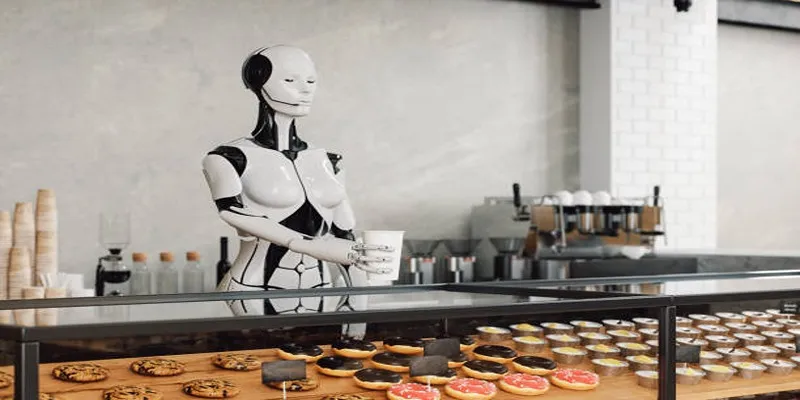
The future of retail robots in the workforce is promising, as this technology continues to advance and evolve. One area where retail robots are expected to make a major impact is in inventory management. These robots can quickly scan shelves and track inventory levels, allowing retailers to accurately manage stock levels and avoid out-of-stock situations. This could lead to significant cost savings for retailers and an improved shopping experience for customers.
Another potential use of retail robots is in fulfillment centers. Instead of relying on human labor to pick and pack orders, robots could be utilized to streamline the process and increase efficiency. This would not only reduce costs for retailers but also lead to faster and more accurate fulfillment of customer orders.
Conclusion
The integration of robots into the retail industry has the potential to revolutionize operations and customer experiences. From managing stock levels to enhancing fulfillment processes, these innovations can drive significant cost savings, improve efficiency, and elevate service quality. As technology continues to evolve, the adoption of retail robots may become a standard practice, shaping the future of the industry and creating new opportunities for growth and innovation.
 zfn9
zfn9

